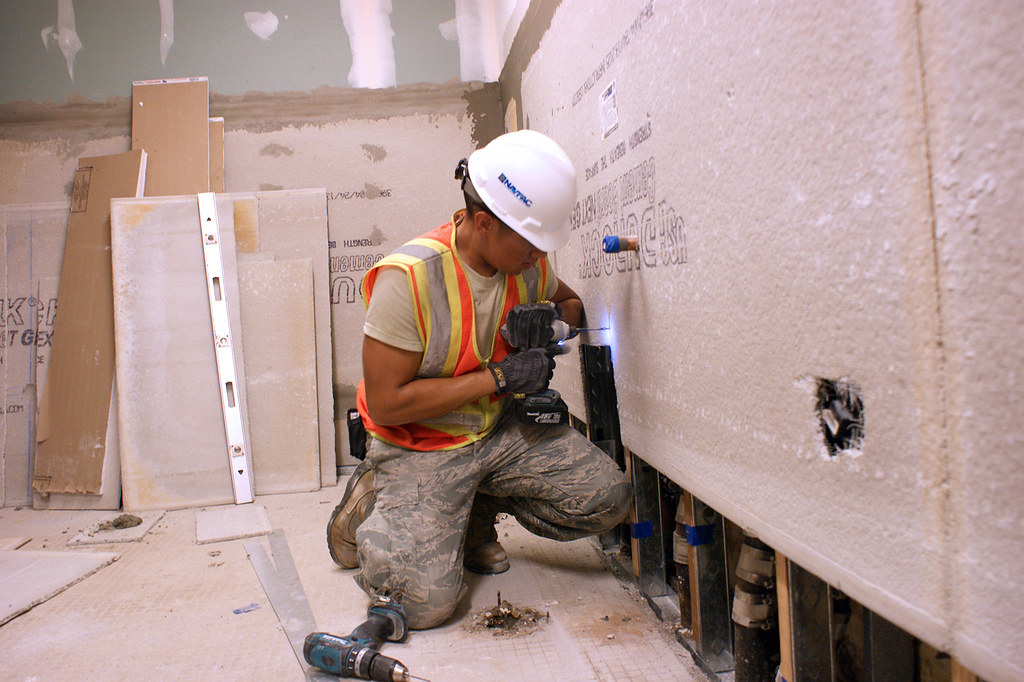MSBA Conference Sings the Praises of Renovation

Photo: Flckr.com. (CC BY 2.0)
Jack McCarthy, Executive Director at the Massachusetts School Building Authority (MSBA), opened a recent (December 8) conference with the admonishment that “We don’t do enough renovation projects at the MSBA.” Barbara Hansberry, Director of Strategic Planning at the MSBA and moderator of the conference series “Story of a Building”, agreed and encouraged other Districts to choose renovation over new construction when given the option, citing numerous upsides. The school featured in this discussion was Bartlett High School in Webster, MA.
Ruthann Petruno-Goguen Superintendent of Webster Public Schools, and designer Kent Kovacs of Flansburgh Architects, both emphasized the importance of the intense focus on the Educational Program that guides all MSBA projects. Petruno-Goguen credited a team of educators who met for several months as part of the development of the program and Kovacs praised New Vista Design for front loading curriculum decisions and making sure that options did not compromise the vision of the project.
Several renovation options were studied during the preliminary design phase. The existing school was built in the 1970s and was hampered by interior classrooms, a lack of natural light, and poor insulation. However, the design team identified the benefit of the steel construction and still sturdy external envelope as positives they could take advantage of in a plan that removed interior classrooms to provide an abundance of natural light and enhanced wall and roof insulation on the inside of the building. A relatively high proportion of Special Education needs in the District was a driving force in program design which also focused on the use of common areas for community use and the development of outdoor classrooms.
The cost effectiveness of the renovation route was enumerated by Kovacs. The preferred renovation option came in at a construction cost of $442 per square foot compared to $569 for all new construction. A total of $18.7 million in savings was realized through a combination of decreased site work, demolition, and building costs. Modular classrooms were used during construction and the costs of these structures were accounted for in the costs described above. Construction materials were the primary source of savings including using ten-fold less concrete, five-fold less steel and brick veneer, and thirty-fold less metal decking. Demolition materials generated were decreased by 14-fold and environmental and cost savings measured in terms of trucking totaled 1140 trips and 112,600 miles.
Chad Monterose, Senior Project Manager at Rist-Frost-Shumway Engineering, addressed HVAC system selection and emphasized that “you can have a high performing building with renovation” especially if the exterior veneer is preserved and insulation is improved via interior modification. The Webster school district opted for air-sourced heat pumps over ground-sourced heat pumps due to the upfront cost differential.
Founder and CEO of The Green Engineer Chris Schaffner elaborated on the dramatic impact of embodied carbon, referring to the energy needed to extract, manufacture, and deliver building materials. He described the immediate benefit realized by reusing materials, in contrast to the operational carbon savings that accrues over time while the building is in use. He pointed out that nearly 1/4 of annual global carbon emissions is in materials and that embodied carbon in buildings is predominantly (80%) in the structural systems so that reusing existing buildings has a major effect. In addition to lower greenhouse gas impacts from materials, transportation, solid waste/landfill, and cost, he also noted that renovation results in less site and ecological disturbance. He concludes that “Reusing an existing building is a really good choice from an environmental perspective.”
In recognition of its advantages, the MSBA incentivizes renovation projects based on the proportion of the building that is renovated (0% for all new up to 5% for all renovation). John Jumpe, Director of Project Management at the MSBA, also noted that in the MSBA’s experience, renovation projects tend to be more cost effective.
Hansberry concluded the conference by encouraging attendees to give serious consideration to a renovation approach. “There is no need to jump to all new construction.”

Besides the environmental friendliness of renovation, imagine the debt-service savings that an $18.7M cost reduction entails: at 5% per annum, that amounts to $935K/year, which could go to important things like reducing class sizes, diversifying the curriculum, or hiring a dozen or more teachers and paras.